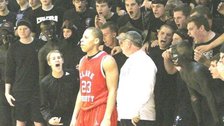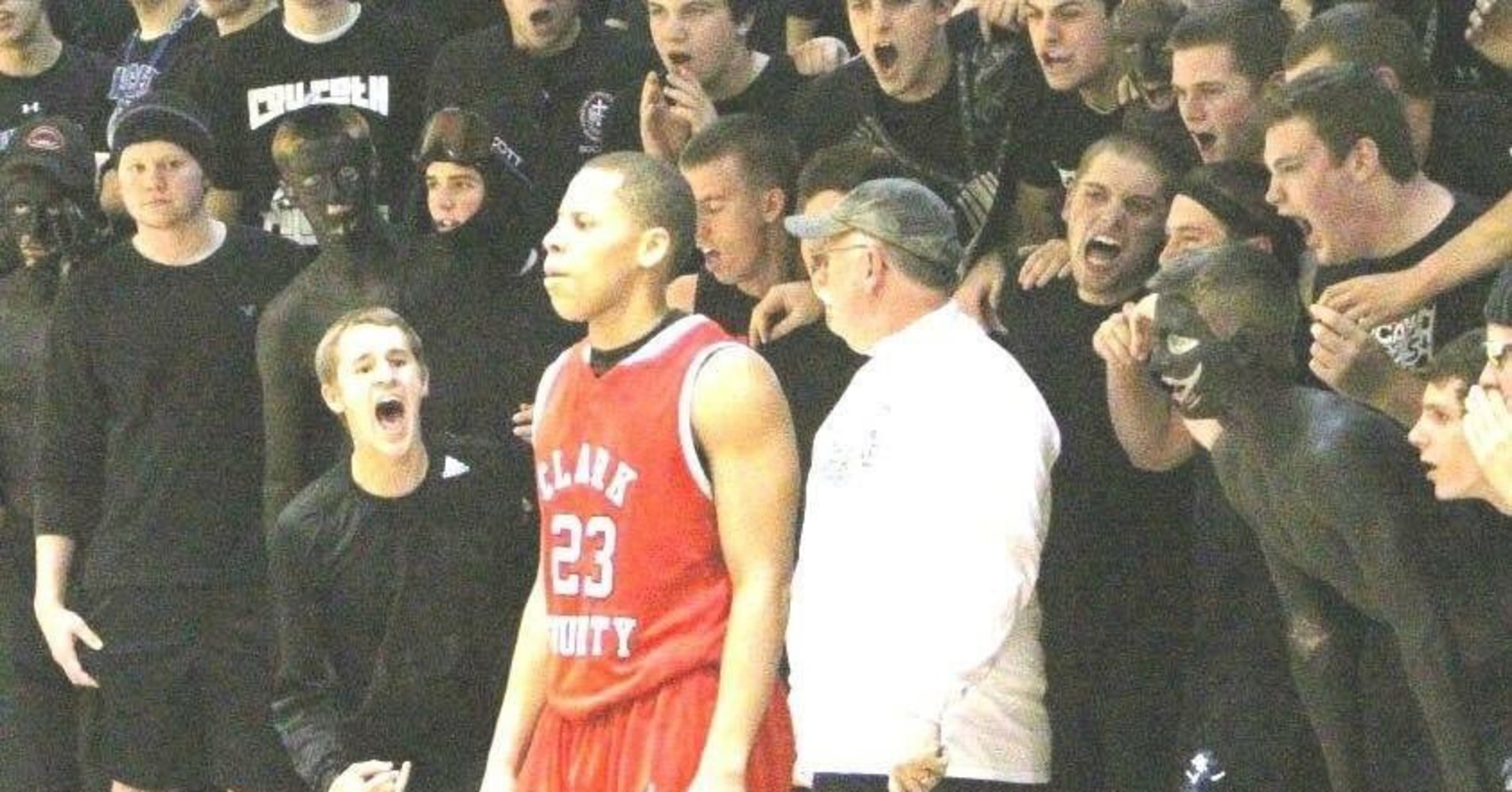[ad_1]

On the weekend of a national holiday in celebration of Martin Luther King Jr. and his teachings, it was a group of white boys from an overwhelmingly white Catholic school in a 90-percent-white county in Kentucky who got the nation talking about broad themes in racism.
A confrontation between MAGA-hat-wearing students at Covington Catholic High School and a Native American sparked a nationwide conversation about racism, the symbolism of the “Make America great again” hat and what it means for a group of white kids to stand face to face with a dark-skinned man and mock, sneer and howl at him.
The teen most infamously involved in that scene, high school junior Nick Sandmann, hired a crisis management firm to pull him and his peers out of the deep end. He released a statement pointing to several black men who identified themselves as Hebrew Israelites and the Native American man, Nathan Phillips, as the real aggressors. A new, longer video of the incident went viral in tandem, and within hours, national media ― including HuffPost ― began walking back their takes, calling the incident “complicated” or characterizing Phillips as “confronting” the teens.
The backpedaling, too, would be short-lived, as new allegations of racism and intolerance from Covington Catholic students quickly surfaced.
No statement appeared to address, for example, a video showing students doing the “tomahawk chop” ― a chant and gesture adopted by the Atlanta Braves in the 1990s and decried as insensitive by Native Americans ever since ― toward Phillips as they surrounded him.
And on Monday, new denials were issued as (now deleted) videos dating back to 2011 surfaced featuring white Covington Catholic students appearing in blackface at their basketball games.
Some claiming to be former students said that the paint was a show of school spirit and part of a blackout theme at some games, with students wearing all black. The latter part appears to be true; video clips dating back to 2011 show that students wore all black (and some with black paint on their faces and bodies) during some basketball games and that the school hosted a multitude of theme nights at games.
What the denials fail to address is what Covington Catholic students ― young men who live in a county that is 91 percent white and go to a school whose staff appears to lack any diversity whatsoever ― may get few opportunities to reckon with: That white people wearing black paint on their faces is historically racist and offensive.
Fox News’ Laura Ingraham tweeted that President Donald Trump will meet with the Covington Catholic students, whom she characterized as being “threatened by the leftist internet mob.” (Other news outlets disputed her claim. CBS producer Fin Gomez tweeted Tuesday afternoon that a White House spokesman said there was no invitation and that the students were not scheduled to visit this week.)
Sandmann, in an interview with NBC’s “Today” show that aired Wednesday, claimed not a single one of his classmates is racist and that his high school doesn’t tolerate racism.
“We’re a Catholic school,” he said. “They don’t tolerate racism. And none of my classmates are racist people.”
But as current and former students continue to reject the accusations, people have come forward with more stories of Covington students’ intolerance or violence. One man said on Twitter that he was harassed by Covington students for being gay, documentarian Arlen Parsa said that members of the community said there “is an ingrained sexism problem” at the school and quoted black students who said they got bullied there, and many on Twitter pointed to a recent news report detailing rape charges against former Covington Catholic basketball player Jacob Walter, 18, after a student was caught on video shouting, “It’s not rape if you enjoy it.”
Covington Catholic enrolls about 585 students and has 42 teachers, according to the Covington Diocese. Tuition for the 2018–19 school year was $7,950.
“I am sure the teachers at Covington Catholic are hard working people and they don’t deserve anyone’s scorn,” wrote Parsa on Twitter. “But the school itself needs to reckon with how … a nearly all-white atmosphere can lead to, at the very least, ‘blind spots’ in these kids’ racial awareness.”
This story has been updated to include comments from Sandmann, Ingraham and Gomez.
Hayley Miller contributed reporting.
[ad_2]
Source link

